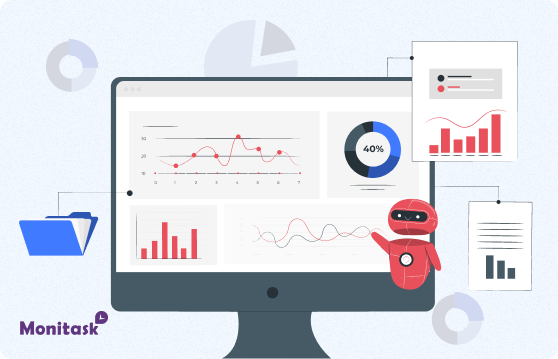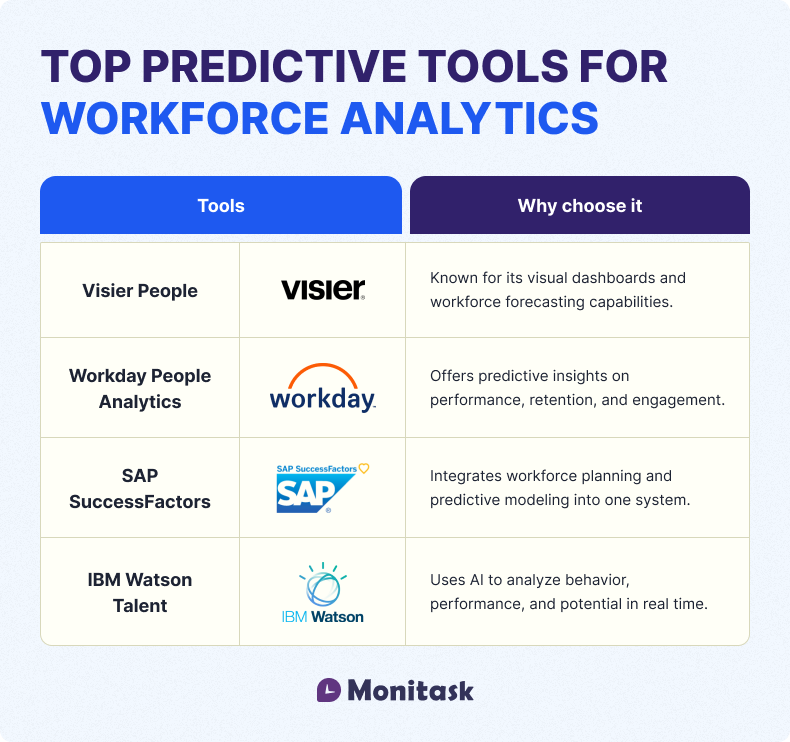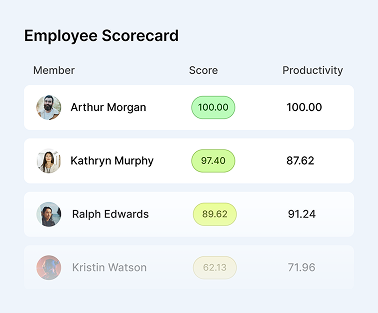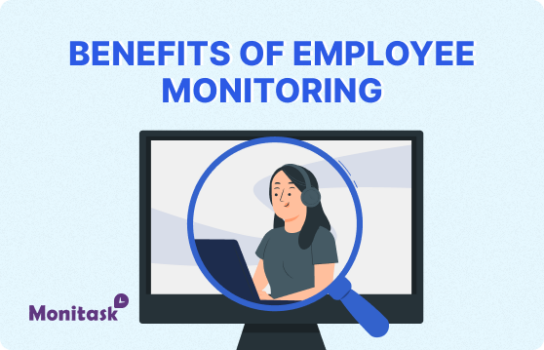The Future of HR: Predictive Analytics Is Transforming Talent Management

The way companies manage people is being rewritten — and data is holding the pen.
Today, HR leaders are expected to anticipate workforce needs, identify high-performing employees, and prevent attrition — all before these challenges even arise. That’s where predictive workforce analytics comes in.
This data-driven approach is redefining how companies understand, manage, and develop their people. These days, predictive workforce analytics is no longer just an innovation — it’s becoming a necessity for organizations that want to stay competitive in the talent economy.
The Rise of Predictive Workforce Analytics in Modern HR
Human resources used to be largely reactive. Managers would address staffing shortages after they occurred or intervene with disengaged employees only when performance declined. But as digital transformation accelerates, businesses are shifting from reactive to proactive strategies.
Predictive workforce analytics enables HR teams to forecast what’s likely to happen within their workforce — from who might leave the company to what skills will be in highest demand next year. By combining AI, big data, and advanced analytics, organizations can make informed, forward-looking decisions that align talent strategy with business goals.
The adoption of predictive analytics in HR reflects a broader shift toward evidence-based management. It helps leaders not only understand what is happening with their people but also why it’s happening and what to do next.
What Is Predictive Workforce Analytics?
Traditional HR reporting focuses on describing the past — turnover rates, hiring numbers, training participation, and engagement survey results. Predictive analytics, however, goes several steps further.
It uses historical and real-time data to forecast future trends and outcomes. In the HR context, that could mean predicting which employees are likely to excel, which teams are at risk of burnout, or how many new hires will be needed in six months.
How Predictive Workforce Analytics Works?
Predictive workforce analytics pulls data from multiple sources — HRIS systems, performance reviews, learning platforms, time-tracking software, and even collaboration tools. Then, using machine learning algorithms, it identifies patterns and correlations that humans might overlook.
For example:
- A drop in engagement survey scores combined with increased absenteeism might signal early signs of turnover risk.
- Rapid skill adoption in specific departments could indicate future leadership potential.
These insights empower HR professionals to take proactive actions — such as initiating development plans, reallocating resources, or adjusting recruitment priorities — long before a problem escalates.
Why Predictive Workforce Analytics Matters?
As we move deeper into an era defined by AI, automation, and hybrid work, the human element of business has never been more critical — or complex. Organizations must navigate shifting labor markets, skill shortages, and evolving employee expectations.
Predictive workforce analytics offers the foresight needed to stay ahead. By transforming workforce data into actionable intelligence, it allows companies to plan strategically instead of reacting to crises.
Predictive analytics is essential for:
✅ Workforce agility — anticipating staffing needs and adapting quickly to change.
✅ Cost optimization — reducing turnover and inefficient hiring.
✅ Improved performance — identifying what drives productivity and engagement.
✅ Strategic HR alignment — connecting human capital planning directly to business outcomes.
In short, predictive workforce analytics helps HR shift from a support function to a strategic powerhouse.
Transforming Talent Management Through Predictive Insights
A. Smarter Talent Acquisition
Hiring is one of the most resource-intensive HR processes — and often one of the most uncertain. Predictive analytics helps HR teams make more confident hiring decisions by analyzing patterns in past recruitment data, performance results, and employee success rates.
It can answer questions like:
- What candidate traits predict long-term success in a given role?
- Which sourcing channels yield the best performers?
- How likely is a new hire to stay beyond the first year?
With these insights, recruiters can prioritize candidates who align with both the job and company culture — leading to better hires and lower turnover.
B. Employee Retention and Turnover Prediction
One of the most powerful applications of predictive workforce analytics is employee retention. High turnover can cost businesses millions annually, not to mention the impact on morale and productivity.
By analyzing factors such as engagement scores, performance trends, compensation data, and even communication patterns, predictive models can pinpoint employees who might be considering leaving.
For example, if an employee’s performance has dropped and they’ve stopped participating in team projects, the system can alert HR to check in. This proactive approach helps companies intervene early, offer support, and retain valuable talent.
C. Personalized Employee Development
Predictive analytics doesn’t just prevent problems — it also helps employees grow. By analyzing skills data and performance outcomes, HR can identify each individual’s potential growth path and design personalized training or mentorship programs.
Imagine an analytics dashboard that shows which employees are most likely to become top performers or future leaders. HR can then offer them the right development opportunities before they’re even requested.
This proactive approach supports continuous learning and keeps employees motivated, reducing the risk of stagnation or disengagement.
D. Succession Planning and Leadership Forecasting
Every organization faces the challenge of leadership transitions. Predictive workforce analytics simplifies succession planning by highlighting who is ready — or nearly ready — to move into key roles.
By assessing experience, performance trajectory, and behavioral indicators, HR leaders can create data-backed succession pipelines. This not only ensures leadership continuity but also minimizes disruption when transitions occur.
Companies that use predictive models for leadership forecasting are better prepared for the future — and more resilient during times of change.
Maximize productivity of your business
Track employee productivity and simplify work with them
The Role of AI and Machine Learning in Predictive Workforce Analytics
AI is the engine behind predictive workforce analytics, turning HR data into evolving, real-time insights. Machine learning algorithms refine themselves with every new data point, making predictions smarter and more accurate over time.
For instance, natural language processing (NLP) can analyze open-ended survey responses to detect shifts in employee sentiment. Behavioral data combined with historical trends helps predict who might be at risk of leaving. AI can also recommend personalized learning paths by identifying individual performance gaps.
With AI, HR moves beyond static reports. Predictive analytics becomes a living system — one that grows with the workforce and helps leaders act before problems arise.
Key Benefits of Predictive Workforce Analytics for HR Leaders
Implementing predictive workforce analytics offers tangible benefits across the organization:
✅ Data-driven decision-making: HR leaders can make strategic choices backed by evidence rather than intuition.
✅ Bias reduction: Algorithms can help minimize unconscious bias in hiring and promotion decisions.
✅ Employee engagement: Early detection of disengagement allows for faster intervention and better morale.
✅ Cost efficiency: Reduced turnover and optimized workforce planning save money and resources.
✅ Alignment with business goals: Predictive insights link HR outcomes directly to performance metrics and profitability.
Simply put, predictive workforce analytics gives HR leaders the power to see around corners — anticipating challenges before they become problems.
Challenges and Limitations of Predictive Workforce Analytics
No technology is without hurdles. To unlock the full potential of predictive analytics, HR teams must address a few key challenges.
Data Quality and Integration
Predictive models are only as good as the data they rely on. Inconsistent or incomplete data from different systems (payroll, HRIS, ATS, etc.) can lead to inaccurate insights. Investing in data hygiene and integration is crucial for reliability.
Ethical and Privacy Concerns
Analyzing employee data raises legitimate questions about privacy and consent. HR must ensure transparency, comply with data protection regulations (like GDPR), and avoid using analytics in ways that feel intrusive.
Change Management in HR
Transitioning from intuition-driven HR to data-driven decision-making requires a mindset shift. Some HR professionals may feel uneasy trusting algorithms. Training, education, and clear communication are essential to drive adoption.
Implementing Predictive Workforce Analytics: A Step-by-Step Guide
The process doesn’t have to start big. Even small pilot projects — like predicting turnover in a single department — can demonstrate value and build momentum.
Top Predictive Workforce Analytics Tools
Several advanced platforms are making predictive workforce analytics accessible to organizations of all sizes:

When choosing a platform, consider scalability, security, ease of use, and integration with existing HR systems.
The Future of Predictive Workforce Analytics
The next generation of predictive analytics will go beyond forecasting — it will simulate outcomes and recommend optimal decisions. Emerging trends include:
✅ Generative AI for scenario modeling and strategic workforce planning.
✅ Predictive DEI (diversity, equity and inclusion) analytics that promote fair and inclusive decision-making.
✅ Self-learning systems that automatically adjust models based on new behaviors.
✅ A stronger emphasis on ethical and human-centered AI in HR.
The HR teams of tomorrow will blend data science and empathy, making predictive analytics not just about numbers — but about people.
Conclusion: Building a Data-Driven HR Future
Predictive workforce analytics is no longer a futuristic concept — it’s the engine powering modern HR. By transforming raw workforce data into strategic foresight, it enables organizations to hire smarter, retain top talent, personalize development, and plan leadership transitions with confidence.
In the years ahead, companies that embrace predictive analytics won’t just respond to change — they’ll stay ahead of it. In an era shaped by AI, automation, and evolving employee expectations, this isn’t a nice-to-have. It’s a competitive necessity.
Organizations that invest in predictive workforce analytics today are building not just a stronger HR function, but a more agile, resilient, and future-ready business.
— The Monitask Team
FAQ: Predictive Workforce Analytics
How does it help HR?
It improves hiring quality, reduces turnover, supports personalized development, and strengthens workforce planning.
Is it suitable for small businesses?
Yes, scalable tools make predictive analytics accessible to organizations of all sizes.
Are there privacy concerns?
Yes, organizations must ensure transparency, employee consent, and data compliance.
How does AI improve predictive analytics?
AI detects patterns, predicts outcomes, and continuously refines insights for more accurate decisions.



